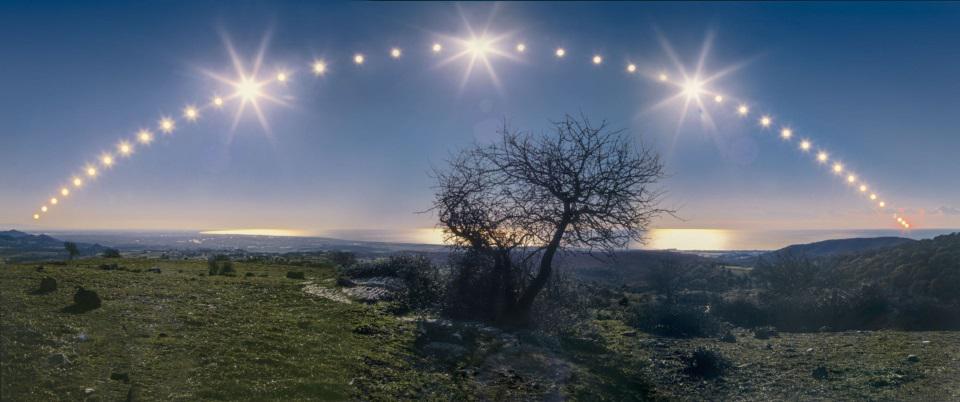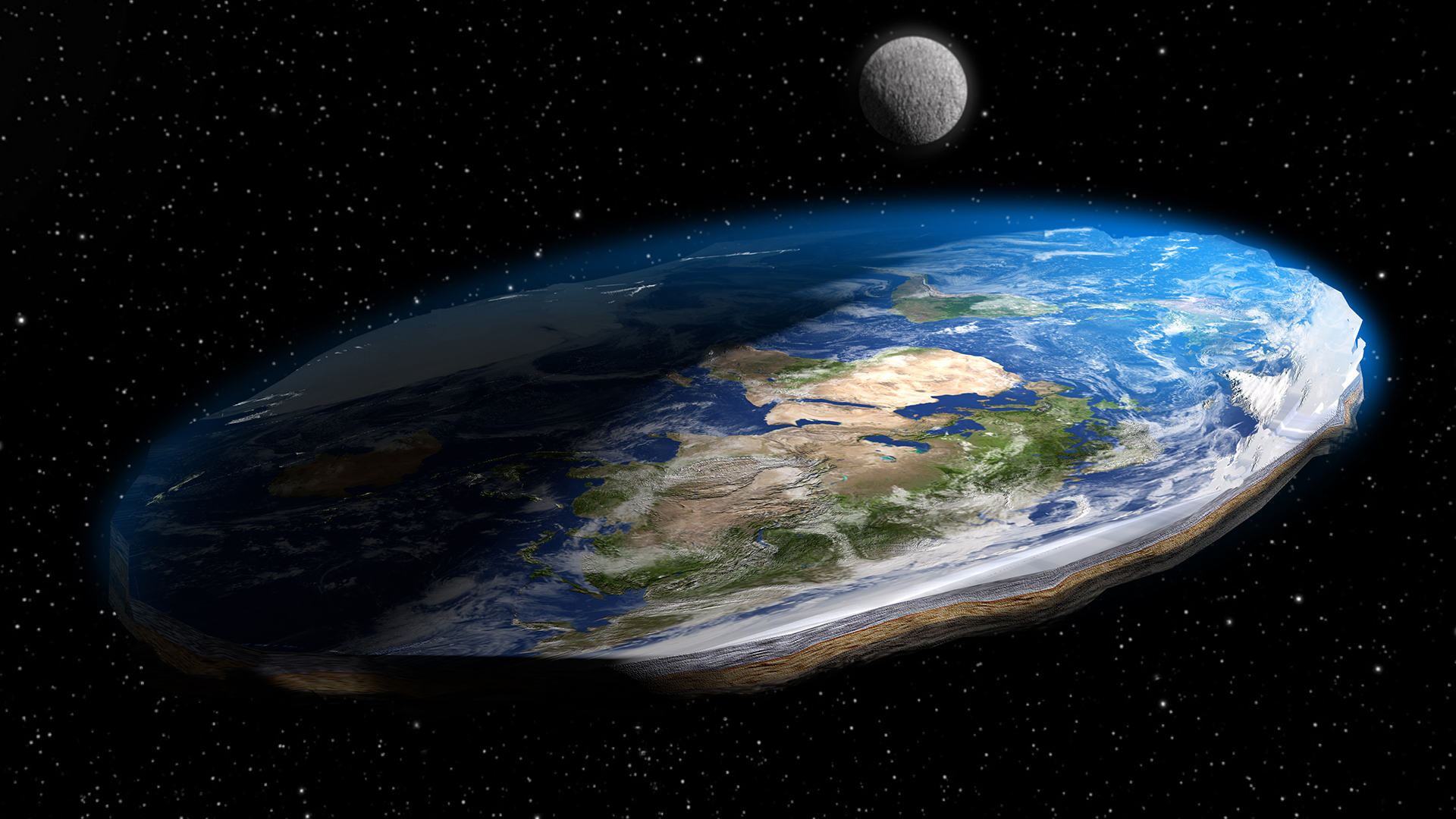Daylight Savings Time
Standard time is determined by checking clocks against a sundial. When the Sun is directly overhead and shadows are at their shortest, it is said to be noon. As already discussed, many areas do not observe true Sun time due to political and social borders. During the First World War, Germany instituted a daylight saving […]









